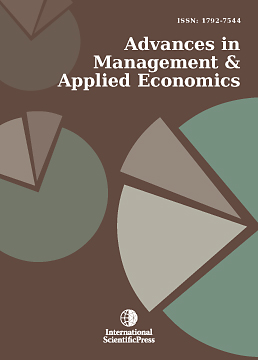Advances in Management and Applied Economics
A Study on the Potential and Cost of Carbon Reduction from Low Carbon Technologies in the Chinese Copper Industry
-
 [ Download ]
[ Download ]
- Times downloaded: 529
Abstract
The copper industry is a basic raw material industry, and it is also the metals with high energy consumption in production. Exploring the pathway of energy saving and emission reduction in the copper industry will help China to achieve its emission reduction commitments under the Paris Agreement. The Grey Verhulst model was used to predict copper industry production and the NSGA-II algorithm and TOPSIS method were used to determine the optimal penetration rate of low-carbon technologies under different scenarios. The abatement potential and cost of eight low-carbon technologies from 2020 to 2035 were measured for different decision preferences. The results of the study indicate that: 1) China's copper industry production shows S-shaped trend and is close to peak production by 2035; 2) by 2035, the abatement potential and costs of the spin-floating copper smelting and energy-saving technology (B3) and the crude copper auto-redox refining technology (B2) are both highly advantageous and should be promoted; 3) by 2035, eight low carbon technologies are able to achieve a total emission reduction of 9.134 million tons at a total abatement cost of 900 million CNY under the systematic decision making scenario, resulting in a 23% reduction in emissions.
JEL classification numbers: O30, O31, O32, O33.
Keywords: Low carbon technology, Abatement potential, Abatement cost, NSGA-II algorithm.
